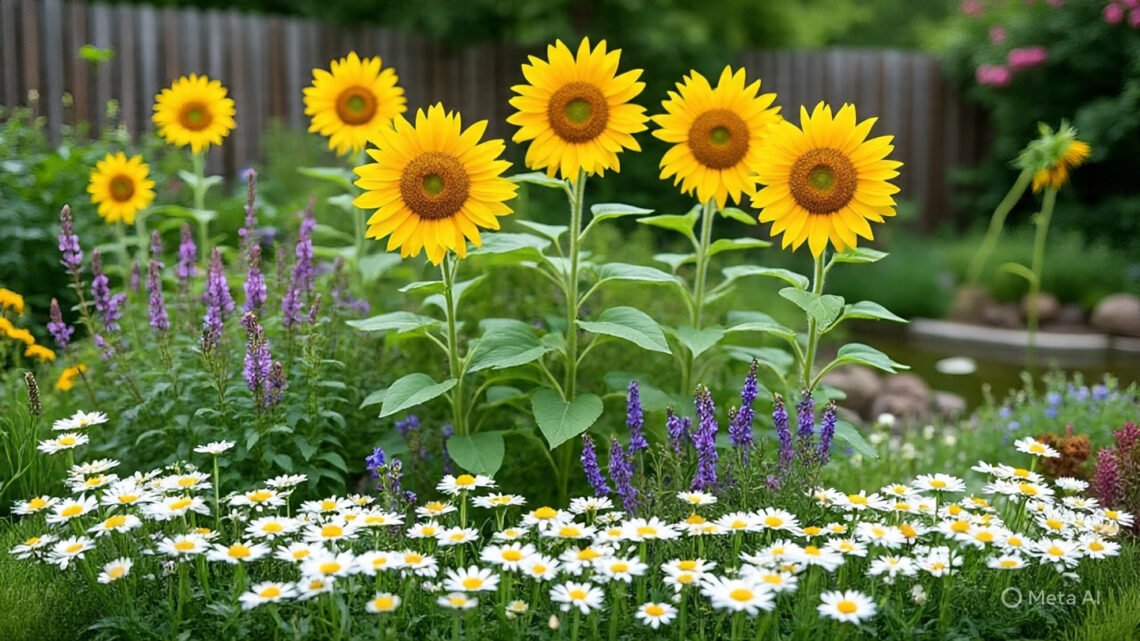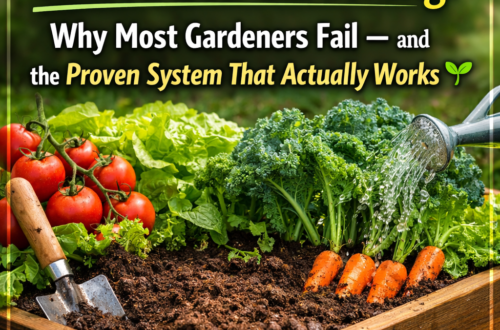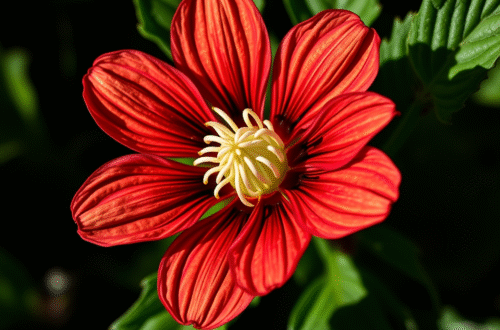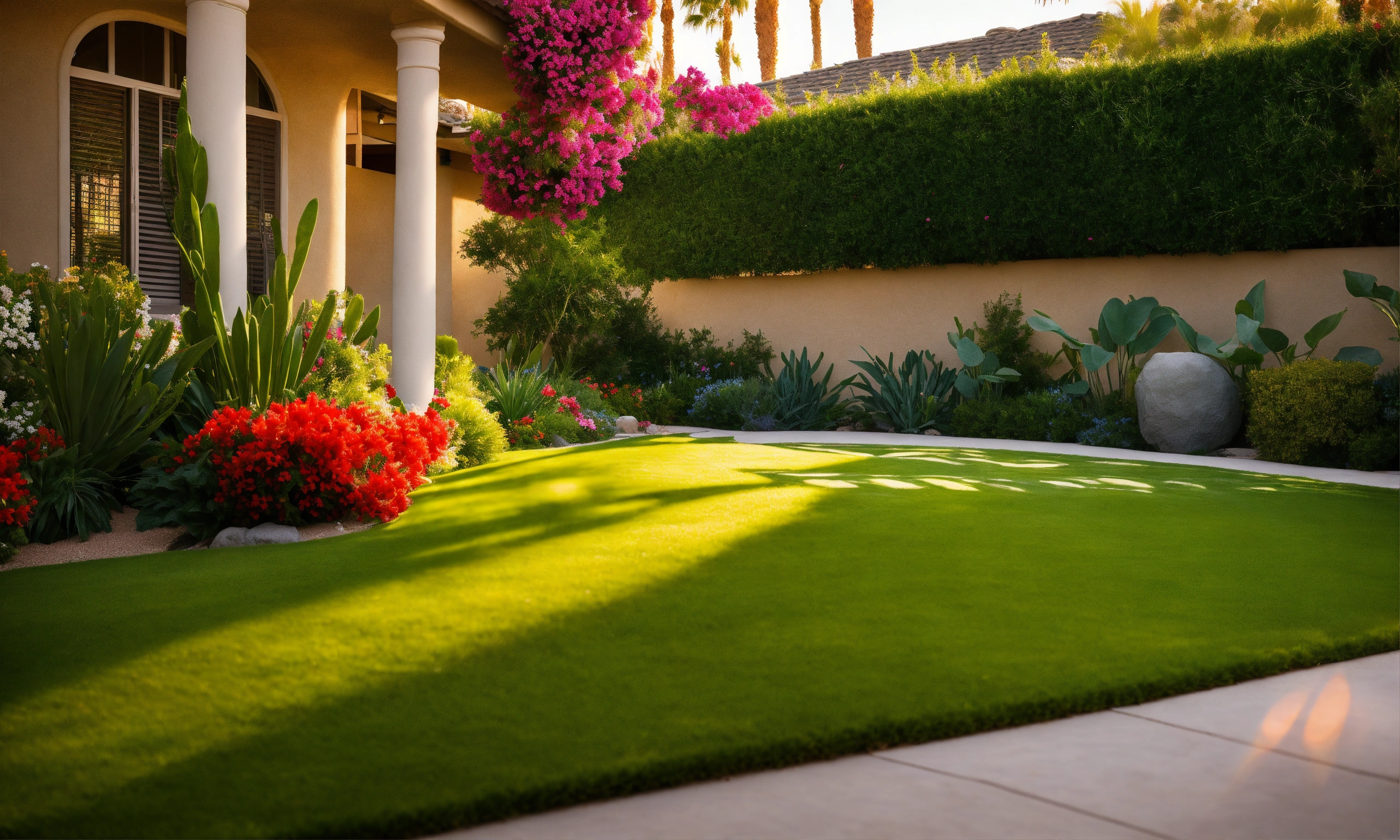🌸 What Flowers Are Good for Eco-Friendly Gardens?
Eco-friendly gardens are more than just beautiful spaces—they help support pollinators, conserve water, and maintain biodiversity. Choosing the right flowers can transform your backyard into a sustainable haven for bees, butterflies, and birds.
As a gardening blogger with over 10 years of hands-on experience, I’ve learned that the flowers you choose matter as much as how you grow them. In this guide, I’ll share the best eco-friendly flowers and practical tips for incorporating them into your garden.
🌍 Why Flowers Matter in an Eco-Friendly Garden
- Support Pollinators – Bees, butterflies, and hummingbirds rely on nectar-rich blooms.
- Improve Soil Health – Some flowers attract beneficial insects that reduce pests naturally.
- Conserve Resources – Native and drought-tolerant flowers require less water and maintenance.
- Boost Biodiversity – A variety of flowers creates a balanced, resilient garden ecosystem.
🌼 Best Eco-Friendly Flowers for Your Garden
1. Native Wildflowers
- Examples: Black-eyed Susan, Coneflower, Milkweed.
- Benefits: Adapted to local climates, support pollinators, and require minimal care.
2. Lavender
- Low-maintenance, drought-tolerant, and attracts bees and butterflies.
- Bonus: Provides natural fragrance and can be used in crafts or cooking.
3. Sunflowers
- Attract pollinators and birds, improve soil, and produce edible seeds.
- Great for children’s gardens and beginner gardeners.
4. Marigolds
- Natural pest repellent that keeps harmful insects away.
- Bright colors add vibrancy to eco-friendly gardens.
5. Zinnias
- Easy to grow, bloom all summer, and are pollinator favorites.
- Thrive in warm weather with minimal water needs.
6. Calendula (Pot Marigold)
- Known for medicinal properties and vibrant orange/yellow blooms.
- Supports pollinators and can be used in homemade salves or teas.
7. Bee Balm (Monarda)
- Attracts bees, butterflies, and hummingbirds.
- Provides long-lasting color and thrives in eco-friendly landscapes.
🛠️ How to Plant an Eco-Friendly Flower Garden
- Choose Native Flowers suited to your region.
- Plant in Layers – mix tall, medium, and ground-cover flowers for biodiversity.
- Avoid Chemicals – skip pesticides; rely on companion planting and beneficial insects.
- Use Mulch to conserve moisture and reduce weeds.
- Collect Seeds from your flowers for next season’s planting.
❓ FAQs About Eco-Friendly Flowers
Q1: What makes a flower eco-friendly?
Flowers that are native, pollinator-friendly, and low-maintenance are considered eco-friendly.
Q2: Can I grow eco-friendly flowers in pots?
Yes! Many like lavender, marigolds, and calendula thrive in containers.
Q3: Do eco-friendly flowers need fertilizers?
Not always—native flowers often adapt to local soil without chemical fertilizers.
Q4: Which flowers attract the most pollinators?
Lavender, bee balm, coneflowers, and sunflowers are excellent choices.
Q5: Are eco-friendly gardens hard to maintain?
No—they are often easier to manage because the plants are naturally suited to your environment.
- Native Plants vs Exotic Plants: Which Is Better for Your Garden?
- DIY Composting Tips for a Greener Garden
- Top 10 Drought-Tolerant Plants for Sustainable Landscaping
✍️ Author
Written by: Ecorganicas
Ecorganicas is a gardening blogger with over 10 years of experience in sustainable and eco-friendly gardening. Through personal experiments, urban gardening projects, and sharing practical advice, Ecorganicas helps readers build gardens that are beautiful, low-maintenance, and environmentally friendly.
Discover more from Ecorganicas
Subscribe to get the latest posts sent to your email.






